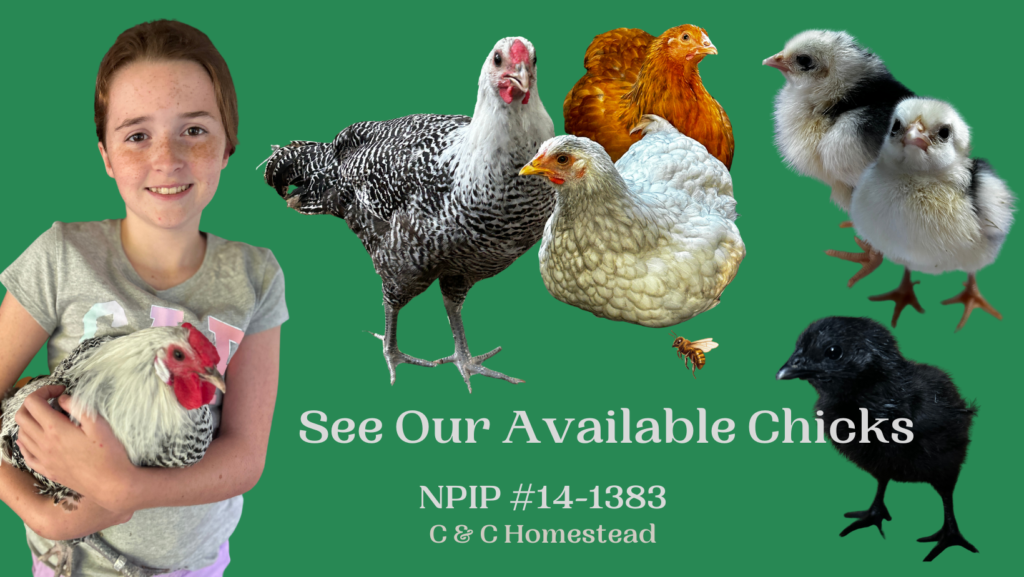Balancing Corporate & Homesteading Lifestyles
Pets and Seasonal Allergies

As the seasons change, many of us humans suffer from the uncomfortable symptoms of seasonal allergies and our pets are no different! There are so many outdoor activities to enjoy now that spring has sprung from hiking the trails to swimming and gardening. It is unfortunate that pesky allergens seem to lurk around the corner of every beautiful flower and freshly mowed lawn, but it certainly doesn’t have to keep us from getting out and experiencing all the sights and smells that the season has to offer. Instead, we can simply be mindful as to how these allergens affect our pets and some simple, natural ways we can mitigate the symptoms of their presence.
Although our pets can’t use words to tell us when allergies are making them uncomfortable, there are some signs we can look out for. Many symptoms that pets experience when it comes to allergies are not all that different from those experienced by humans. Although only a vet or wellness professional can know for sure if your pet is suffering from seasonal allergies, some of the most commons signs are:
• Runny nose
• Rashes
• Licking paws
• Excessive chewing and/or scratching
• Inflamed skin
• Sneezing (more often than usual)
• Itchiness
• Watery eyes
• Hair loss

In order to help our pets stay more comfortable during allergy season, there are some simple things we can do at home that can make a big difference. To alleviate some of the itching, it is helpful to bathe pets regularly. For those with dry or irritated skin, a medicated or calming type of shampoo can be used. Regular bathing helps remove allergens from the skin and coat, but too much bathing can also dry out a dog’s skin. So, aim to bathe your dog about once a week during allergy season to keep him looking his best!
Another easy thing to do is wipe or rinse your pet’s feet off before coming inside, especially after playing or taking walks. If you notice your pet chewing at their toes it may be due to allergens, and a simple rinse can go a long way.
To keep your home clear of dirt, pollen, and other irritants, be sure to wash your pet’s bedding regularly. It is important your pet can sleep in a clean place that is free of these allergens. Each week, run all bedding through the washing machine and vacuum and shampoo carpets anywhere your pet spends a lot of time.

This will not only keep the entire environment more comfortable for your pet but also cleaner for you and reducing allergy symptoms for any affected humans in the household.
The immune system can be under heavy stress when dealing with seasonal allergies, so be sure to maintain a healthy diet for you and your pets. Eating local and spending time outside in your local area will help the body become accustomed over time to the natural allergens present around you.

If after implementing some of these simple changes your pet still appears to be uncomfortable and itchy due to allergies, consult your pet’s wellness professional for further information. Sometimes a small dose of antihistamine can provide a lot of relief, but it is up to you and your vet to decide if that is best. Always approach giving any medication to pets with caution and, whenever possible, solve problems the natural way.
Seasonal allergies can certainly be inconvenient, uncomfortable, and even painful at times but this shouldn’t keep you from enjoying the fun and beauty of spring with your pets! By looking out for the symptoms of allergies and implementing some safe and natural changes to your routine, you and your pets can conquer the springtime and be rolling in the grass and sniffing the flowers without a watery eye or stuffy nose in sight!
Ashley Gustafson
https://www.facebook.com/ashley.gustafson.31
Instagram (@ashikiwoman)




